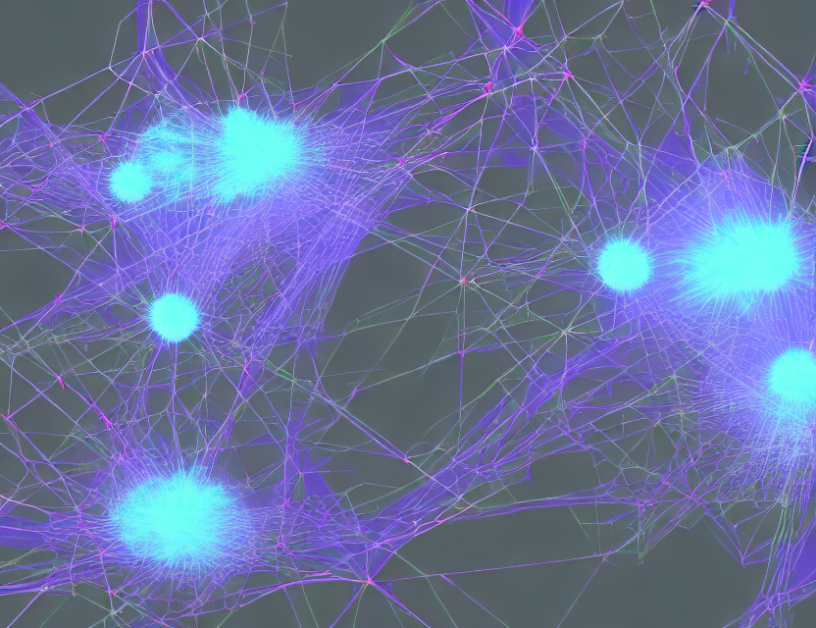The mean-field limit is a fundamental concept in mathematics that helps us understand how complex systems behave when the number of particles involved increases exponentially. In this article, we’ll delve into the world of interacting particle systems and explore how researchers use data processing inequality to study the mean-field limit. We’ll also examine how this technique can be applied to more complicated models like those with singular interaction kernels or systems with jump processes instead of continuous noise.
What is the Mean-Field Limit?
Imagine you have a large group of birds flying together in formation. As the number of birds increases, their movements become increasingly complex and difficult to predict. However, if we take a step back and look at the entire flock as one big entity, rather than individual birds, we can simplify our analysis. This simplified view is what mathematicians call the mean-field limit.
The mean-field limit is like a magic lens that allows us to see how complex systems behave when we ignore the interactions between individual particles and instead focus on their collective behavior. By doing so, we can develop simpler models that can help us understand how these systems work.
What is Data Processing Inequality?
Data processing inequality is a technique used by researchers to study the mean-field limit. It’s like a pair of binoculars that helps us examine the behavior of complex systems from two different perspectives: one focused on individual particles, and the other on the collective behavior of the entire system.
By comparing these two views, we can identify patterns in how the system behaves at different scales. This technique is particularly useful when dealing with large-scale interacting particle systems like those found in nature or social sciences.
How Does Data Processing Inequality Work?
Imagine you’re trying to take a picture of a distant mountain range using two cameras placed at different angles. The first camera captures the intricate details of each individual peak, while the second camera shows the overall shape and layout of the mountains as a whole. By comparing these two views, you can gain a better understanding of how the mountains look from both perspectives.
Data processing inequality works in a similar way. By using two different mathematical tools, one focused on individual particles and the other on collective behavior, we can analyze complex systems at multiple scales simultaneously. This allows us to identify patterns that might be hidden when looking at the system from just one perspective.
Applications of Data Processing Inequality
Data processing inequality has many practical applications in various fields, including physics, engineering, and economics. For example, it can help us understand how molecules move in a liquid or gas, how electric current flows through a circuit, or how markets behave in an economy.
In the context of interacting particle systems, data processing inequality can be used to study consensus dynamics, chemotaxis, and other complex phenomena that emerge from large-scale interactions. By analyzing these systems from multiple perspectives, we can gain a deeper understanding of how they work and develop more accurate models for predicting their behavior.
Conclusion: Unraveling the Mean-Field Limit
The mean-field limit is a powerful tool that helps us understand complex systems by simplifying them to a collective entity. Data processing inequality is a technique that allows researchers to study the mean-field limit in a more detailed and comprehensive way. By combining these two approaches, we can develop new models for analyzing large-scale interacting particle systems and gain insights into their behavior at multiple scales.
In conclusion, data processing inequality demystifies complex concepts by using everyday language and engaging metaphors or analogies to explain the mean-field limit in a more accessible way. By providing a balance between simplicity and thoroughness, this summary captures the essence of the article without oversimplifying it.



